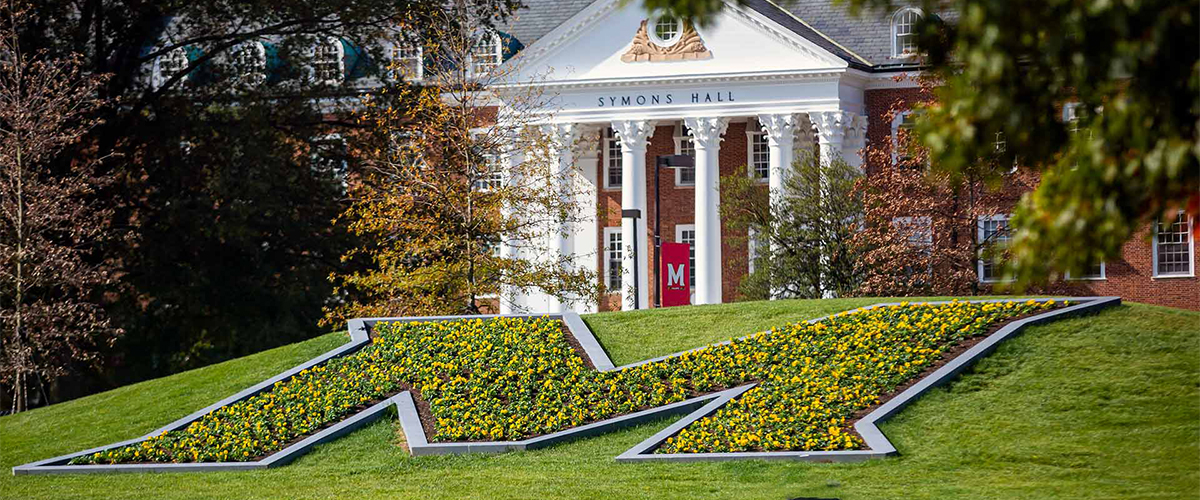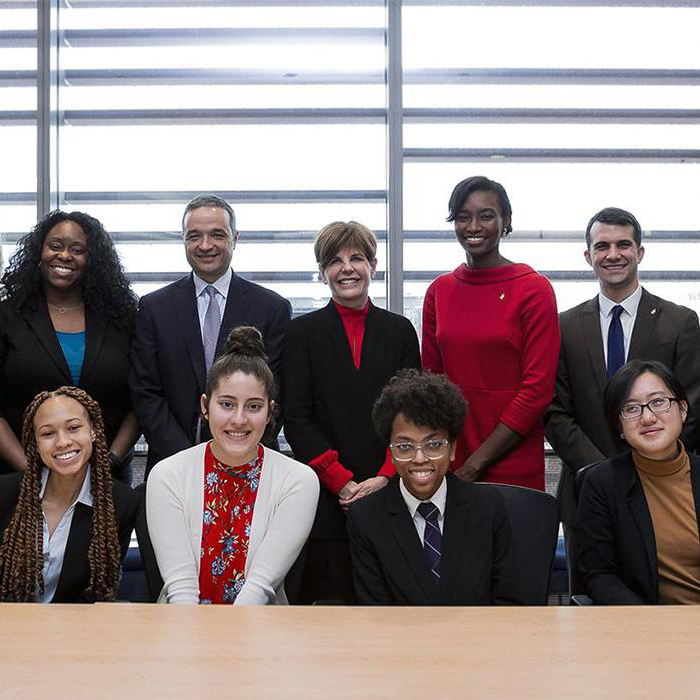Albert F. Woods
 Albert F. Woods (1866-1948) served as president from 1917 to 1926.
Albert F. Woods (1866-1948) served as president from 1917 to 1926.
A noted scholar, he previously worked at the U.S. Department of Agriculture and advised international agricultural conferences. He was dean and director of the College of Agriculture, College of Forestry and the experiment station and acting president of the University of Minnesota before accepting the presidency of the Maryland State College of Agriculture.
He came just as the United States entered World War I and, as a result, became the commandant of a military camp. The U.S. government established the Reserve Officer Training Corps and the Student Army Training Corps at the land-grant colleges, with the faculty and administration temporarily under Army command.
Entrance requirements were raised, and both the liberal arts and engineering curricula were greatly improved. A new building, several temporary structures and other various improvements were also completed. Both enrollment and the budget increased following the war.
Woods created seven schools, each with its own dean: agriculture, engineering and mechanic arts, liberal arts, chemistry, education, home economics and the graduate school.
Under Woods' leadership, the college merged with the University of Maryland at Baltimore in 1920. Woods also oversaw the accreditation of the new university by the American Association of Universities in 1925. He resigned the following year, but remained with the school's agriculture department until 1948.
A building on campus, built in 1948, was named after Woods in 1954. Woods Hall is home to the Department of Anthropology, the Department of Women's Studies and the Curriculum Transformation Project.




